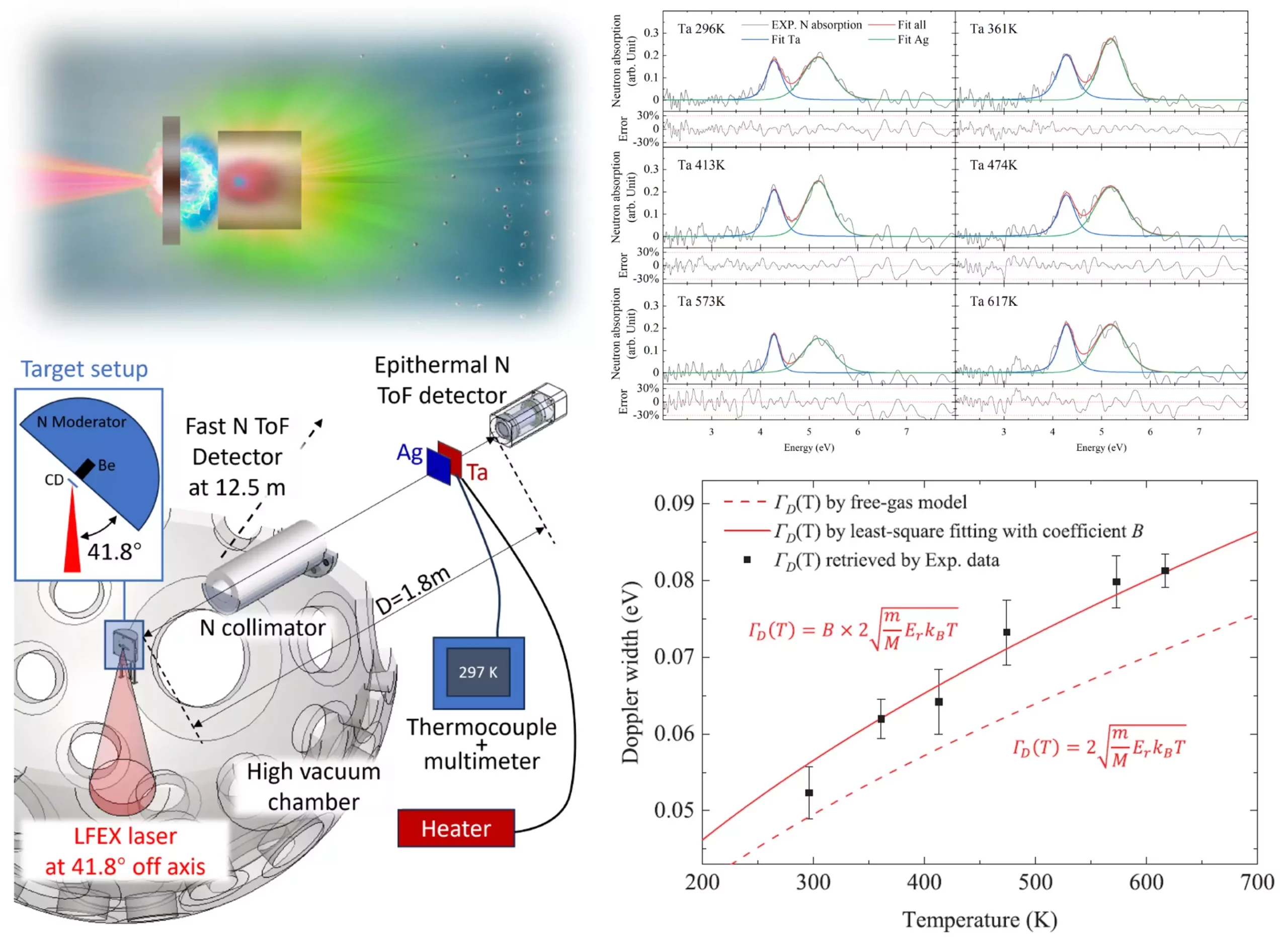In our tech-driven world, electronics dominate nearly every aspect of our lives, from the smartphones we carry to the electric vehicles we drive. With the increasing complexity and miniaturization of these devices, one of the most critical challenges faced by engineers and researchers is understanding the internal temperature dynamics of electronic components. Temperature plays a pivotal role in determining the efficiency, reliability, and lifespan of electronic devices. Consequently, the ability to accurately and swiftly measure temperature in real-time can lead to significant improvements in performance and safety across a myriad of applications.
Historically, temperature measurement within electronic devices has relied on methods that, while useful, are often slow or indirect. This inadequacy can result in a lack of understanding regarding how materials behave under varying conditions, a gap that engineers are eager to close. The recent advancements brought forth by researchers at Osaka University represent an exciting leap towards filling this knowledge void through innovative methods in neutron technology.
Unveiling the Neutron Advantage
In their groundbreaking study, the breakthrough method called neutron resonance absorption (NRA) is positioned as a game changer for how we assess temperature within materials used in electronics. This technique leverages the unique interactions between neutrons and atomic nuclei to provide speedy and precise temperature determinations that outshine traditional methods. At its core, the science of using high-intensity laser beams to generate neutrons that are subsequently decelerated may sound technical, but its implications are simple—fast and efficient monitoring is finally within reach.
By examining the absorption of neutrons at specific energy levels, researchers can gauge the material properties, including temperature, with unprecedented accuracy. Previous approaches lacked the speed required to monitor temperature fluctuations effectively. However, this new method allows for temperature data acquisition in as little as 100 nanoseconds—dramatically reducing response times and enabling researchers to track changes in material properties almost instantaneously. Such rapid insight not only enhances our understanding but also paves the way for optimized designs and novel materials in electronic manufacturing.
The Non-Destructive Nature: A Game Changer for Device Monitoring
Perhaps one of the most significant advantages of the new NRA method is its non-destructive nature. Traditional measurement techniques often alter the very state of the materials being analyzed, which can result in compromised performance or even failure. On the contrary, the ability to monitor the temperature of components such as batteries and semiconductor devices without altering their properties is priceless. This capability opens doors to practical applications and continuous monitoring that were previously deemed impractical.
Zechen Lan, the lead author of the study, highlights the potential of this technology, emphasizing its role in real-time monitoring. The implications stretch beyond mere academic curiosity; they extend into the realms of consumer electronics, where manufacturers can detect issues before they escalate into catastrophic failures. This kind of preventative oversight can ultimately lead to safer, more reliable products that benefit the consumer and the manufacturer alike.
A Compact Solution for Widespread Adoption
In addition to the rapid and accurate temperature assessments, the researchers also provide an innovative benefit with their compact measurement device. Traditional neutron measurement setups are often large and cumbersome, making them less accessible for many labs. By developing a technology that is one-tenth the size of existing apparatus, the Osaka University team has significantly lowered the entry barrier for other research facilities looking to adopt this new method.
This is essential for fostering collaboration and accelerating innovation across the field of electronics. As laboratories worldwide can more easily integrate this technology into their research endeavors, we can expect an increase in the rate of discovery and improvement in electronic device performance.
The study from Osaka University points toward a more nuanced and detailed understanding of electronic materials and how they operate under different conditions. It’s an exciting development that not only challenges prior methodologies but also envisions a future where temperature measurement is as immediate and straightforward as it should always have been. The world eagerly awaits the potential innovations that could stem from this leap in technology.

